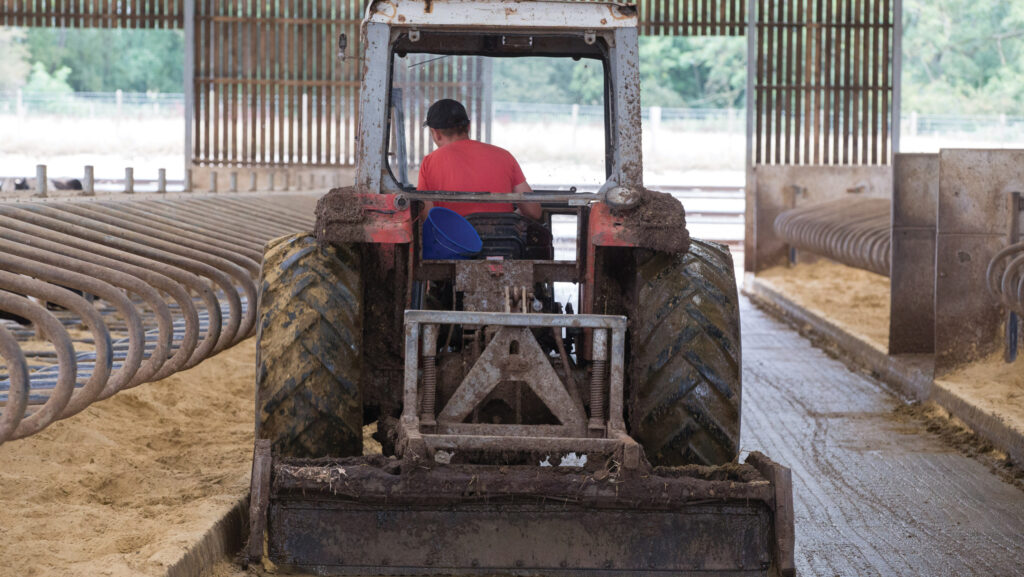Cocktail of issues blamed for ‘chronic’ farmworker decline
 © Tim Scrivener
© Tim Scrivener New figures published by Defra show a “chronic decline” in the number of farmworkers last year, with industry leaders attributing the drop to a range of problems, including political instability and poor weather.
According to the latest data on the agricultural workforce in England, there was a 4.6% drop in full-time regular workers to 41,000 in 2023, meaning 1,886 left the sector. This equates to an average of 36 a week.
NFU vice-president Rachel Hallos said it would be difficult to pinpoint one issue that has driven the decline, but suggested there was a “real chunk” of consolidation taking place at present.
See also: Labour committed to ELM, despite audit office criticism
The bumpy transition from direct support to the Environmental Land Management (ELM) scheme was also highlighted as a factor.
“It’s really disappointing that we’re losing people from the industry,” she said.
“But when farmers are making decisions on farms, there are so many variables they’re thinking about, when you look at the instability that has been going on.
“That’s why we’re talking about the need for stability when it comes to the new UK government.”
‘Pushed to the brink’
Will White, sustainable farming co-ordinator at food and farming alliance Sustain, went further, saying farmers were being “pushed to the brink” by low farmgate prices and “inadequate funding” of ELM.
“Some are giving up, and many are opting not to enter the profession at all – an understandable response given the financial risks involved,” he said.
“Proper government leadership is essential, including adequately funded ELM, tougher regulations to ensure supply chain fairness, and clear strategies to boost production in the beleaguered horticulture sector.”
Budget pressure
Mr White’s comments came as environmental groups added their weight to calls for the government to increase the farm budget.
The latest demand was made in a new “scale of need” report from the RSPB, the National Trust and the Wildlife Trusts, which put the cost of meeting legally binding nature and climate targets at £5.5bn-£5.9bn a year – an increase of £2bn on the current UK budget.
At the same time, the National Audit Office produced a damning report on the rollout of ELM so far, claiming it had created “widespread uncertainty and risk” for the sector and warning that farmers’ trust in Defra’s ability to deliver the schemes was low, at 35%.
Weather factors
Farmer confidence has also taken a battering because of the recent poor weather, with Ms Hallos suggesting this may be another factor in people’s decisions to quit the industry.
New analysis from the Energy and Climate Intelligence Unit of Environment Agency flood warnings has revealed the increasing risk posed by extreme weather to England’s best farmland.
Last winter, 1,008 flood warnings were issued on Grade 1 and 2 farmland, up from a previous high of 775 in the winter of 2019-20.
“I genuinely think the weather has knocked the confidence out of a lot of people and they’re maybe just thinking ‘hang on a minute, where do we go next?’” said Ms Hallos.
But she added more could be done by industry to attract workers from outside farming, by offering decent employment packages.
For advice on how to improve working practices and conditions on farm, see Farmers Weekly’s Level The Field guides.
